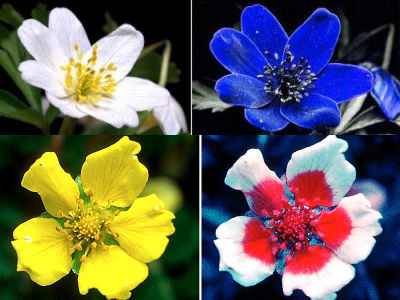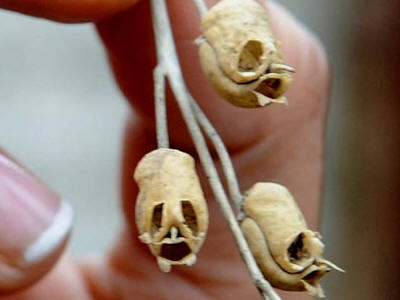Evidence that Neanderthals buried flowers with their bodies may have been created by the 'whims of bees'

Since ``pollen'' has been found in Neanderthal graves, some theories hypothesize that Neanderthals may have buried flowers with their bodies. However, new research suggests that the pollen in question may have been collected by bees, not humans.
Shanidar et ses fleurs? Reflections on the palynology of the Neanderthal 'Flower Burial' hypothesis - ScienceDirect
In the Shanidar Cave in Iraq, which was excavated from the 1950s to the 1960s, pollen particles were discovered along with Neanderthal remains. Based on this, it has been hypothesized that Neanderthals practiced ``flower funerals,'' in which they buried flowers with their bodies.
A research team led by paleoecologist Chris Hunt from Liverpool John Moores University has developed a new hypothesis that challenges these theories.
In a 1975 study, the plant species of the pollen found in Shanidar Cave were almost completely identified, and the paper claimed that all the plants could have been collected at the same time.

by
However, Hunt and colleagues point out, ``When we rigorously identified the plant species, their flowering times varied, contradicting the existing hypothesis that all the plants were collected at the same time.'' Furthermore, since the pollen found was a cluster of multiple pollen condensed together, ``If the flowers were arranged as a whole, there is a possibility that the cluster would contain only one type of pollen. He also argued that simply placing flowers would not create such a mark.
Another hypothesis is that the pollen was collected by rodents, but Hunt et al. ``The most likely theory is that the pollen was accumulated by bees.'' I'm pointing it out.
If a bee visits different flowers, it may have more than one type of pollen on its body. Furthermore, in the Shanidar Cave, holes of honey bees digging nests in the soil have been found, and as bees with pollen attached to them dig holes near bodies, different types of pollen blooming at different times accumulate. It is thought that this may have been the case.

by Chris O. Hunt, Emma Pomeroy, Tim Reynolds, Emily Tilby, Graeme Barker
Hunt et al. said, ``Pollen of a species called Centaurea solstitialis was also found at the site, but this species has sharp, hard thorns over 2 cm in length, so it is unlikely that the pollen of a species called Centaurea solstitialis could be considered as ``compassionate'' or ``compassion'', which is considered in the flower burial theory. It is hard to imagine that this plant was placed there for the purpose of 'empathy.'

by Harry Rose
However, he agreed with the idea that Neanderthals placed plants such as branches on top of the bodies, saying, ``It is possible that placing plants with thorns on the bodies would protect the bodies, but there is no evidence that 'It's quite ambiguous, so we need to continue investigating.'
Related Posts:
in Science, Posted by log1p_kr







